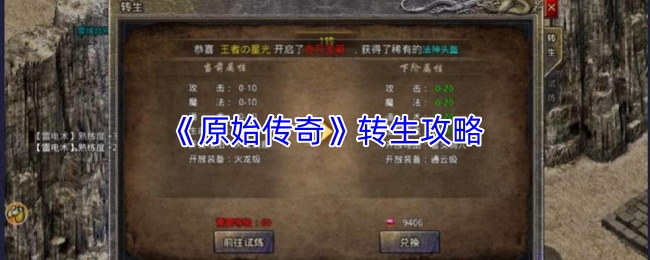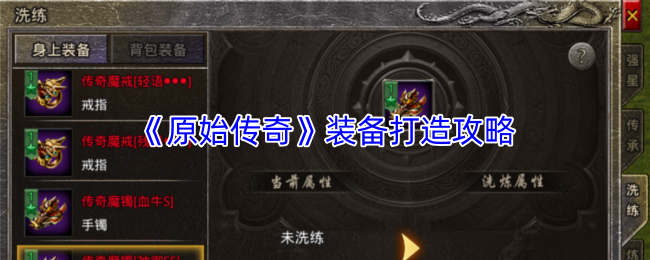SQL Server 2005 T-SQL学习笔记:PIVOT和UNPIVOT
时间:2010-08-21 来源:alen88
概念:PIVOT提供将行转换了列的功能,UNPIVOT提供相反的功能.
PIVOT 通过将表达式某一列中的唯一值转换为输出中的多个列来旋转表值表达式,并在必要时对最终输出中所需的任何其余列值执行聚合
用处:交叉报表
基本用法:
 SELECT <non-pivoted column> ,
SELECT <non-pivoted column> ,
 [first pivoted column] AS <column name> ,
[first pivoted column] AS <column name> ,
 [second pivoted column] AS <column name> ,
[second pivoted column] AS <column name> ,



 [last pivoted column] AS <column name>
[last pivoted column] AS <column name>
 FROM
FROM
 ( <SELECT query that produces the data> )
( <SELECT query that produces the data> ) 
 AS <alias for the source query>
AS <alias for the source query>
 PIVOT
PIVOT
 (
(
 <aggregation function>( <column being aggregated> )
<aggregation function>( <column being aggregated> )
 FOR
FOR 
 [<column that contains the values that will become column headers>]
[<column that contains the values that will become column headers>] 
 IN ( [first pivoted column] , [second pivoted column] ,
IN ( [first pivoted column] , [second pivoted column] ,

 [last pivoted column] )
[last pivoted column] )
 ) AS <alias for the pivot table>
) AS <alias for the pivot table>
 <optional ORDER BY clause>
<optional ORDER BY clause>

示例一(查询原始一个两列四行的表):
 USE AdventureWorks ;
USE AdventureWorks ; GO
GO SELECT DaysToManufacture, AVG(StandardCost) AS AverageCost
SELECT DaysToManufacture, AVG(StandardCost) AS AverageCost  FROM Production.Product
FROM Production.Product GROUP BY DaysToManufacture
GROUP BY DaysToManufacture

示例二(转换行列):
 select 'AverageCost' as AverageCost,* from
select 'AverageCost' as AverageCost,* from (
( select DaysToManufacture, StandardCost
select DaysToManufacture, StandardCost from Production.Product
from Production.Product ) as piv PIVOT
) as piv PIVOT (
( avg(StandardCost)
avg(StandardCost) for DaysToManufacture in ([1],[2],[3],[4])
for DaysToManufacture in ([1],[2],[3],[4]) ) as PivotTable
) as PivotTable
示例三(查询指定几位员工在各个厂商中的订单数量):
 USE AdventureWorks;
USE AdventureWorks; GO
GO SELECT VendorID, [164] AS Emp1, [198] AS Emp2, [223] AS Emp3, [231] AS Emp4, [233] AS Emp5
SELECT VendorID, [164] AS Emp1, [198] AS Emp2, [223] AS Emp3, [231] AS Emp4, [233] AS Emp5 FROM
FROM  (SELECT PurchaseOrderID, EmployeeID, VendorID
(SELECT PurchaseOrderID, EmployeeID, VendorID FROM Purchasing.PurchaseOrderHeader) p
FROM Purchasing.PurchaseOrderHeader) p PIVOT
PIVOT (
( COUNT (PurchaseOrderID)
COUNT (PurchaseOrderID) FOR EmployeeID IN
FOR EmployeeID IN ( [164], [198], [223], [231], [233] )
( [164], [198], [223], [231], [233] ) ) AS pvt
) AS pvt ORDER BY VendorID
ORDER BY VendorID
结果
VendorID Emp1 Emp2 Emp3 Emp4 Emp5
1 4 3 5 4 4
2 4 1 5 5 5
3 4 3 5 4 4
4 4 2 5 5 4
5 5 1 5 5 5
UNPIVOT 将与 PIVOT 执行几乎完全相反的操作,将列转换为行。假设以上示例中生成的表在数据库中存储为 pvt,并且您需要将列标识符 Emp1、Emp2、Emp3、Emp4 和 Emp5 旋转为对应于特定供应商的行值。这意味着必须标识另外两个列。包含要旋转的列值(Emp1、Emp2...)的列将被称为Employee,将保存当前位于待旋转列下的值的列被称为 Orders。这些列分别对应于 Transact-SQL 定义中的 pivot_column 和 value_column。以下为该查询。
示例四(UNPIVOT):
 --Create the table and insert values as portrayed in the previous example.
--Create the table and insert values as portrayed in the previous example. CREATE TABLE pvt (VendorID int, Emp1 int, Emp2 int,
CREATE TABLE pvt (VendorID int, Emp1 int, Emp2 int, Emp3 int, Emp4 int, Emp5 int)
Emp3 int, Emp4 int, Emp5 int) GO
GO INSERT INTO pvt VALUES (1,4,3,5,4,4)
INSERT INTO pvt VALUES (1,4,3,5,4,4) INSERT INTO pvt VALUES (2,4,1,5,5,5)
INSERT INTO pvt VALUES (2,4,1,5,5,5) INSERT INTO pvt VALUES (3,4,3,5,4,4)
INSERT INTO pvt VALUES (3,4,3,5,4,4) INSERT INTO pvt VALUES (4,4,2,5,5,4)
INSERT INTO pvt VALUES (4,4,2,5,5,4) INSERT INTO pvt VALUES (5,5,1,5,5,5)
INSERT INTO pvt VALUES (5,5,1,5,5,5) GO
GO --Unpivot the table.
--Unpivot the table. SELECT VendorID, Employee, Orders
SELECT VendorID, Employee, Orders FROM
FROM  (SELECT VendorID, Emp1, Emp2, Emp3, Emp4, Emp5
(SELECT VendorID, Emp1, Emp2, Emp3, Emp4, Emp5 FROM pvt) p
FROM pvt) p UNPIVOT
UNPIVOT (Orders FOR Employee IN
(Orders FOR Employee IN  (Emp1, Emp2, Emp3, Emp4, Emp5)
(Emp1, Emp2, Emp3, Emp4, Emp5) )AS unpvt
)AS unpvt GO
GO
结果:
VendorID Employee Orders
1 Emp1 4
1 Emp2 3
1 Emp3 5
1 Emp4 4
1 Emp5 4
2 Emp1 4
2 Emp2 1
2 Emp3 5
2 Emp4 5
2 Emp5 5
...










